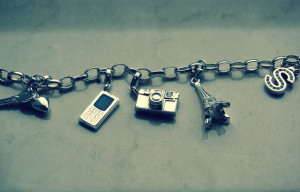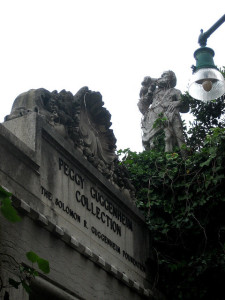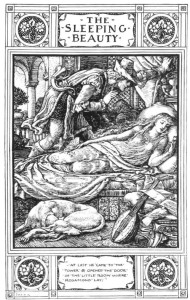Gered Mankowitz is a British photographer who photographed many famous musicians such as Mick Jagger and Annie Lennox. He took several photographs of Jimi Hendrix in 1967. One of these photographs represents the musician, wearing a military jacket, holding a cigarette and puffing a cloud of smoke while looking at the photographer. An original print recently sold at auction for £2,750.
This photograph was used without authorization in 2013 for an advertising campaign by Egotrade, a French electronic cigarette company. The ad showed Jimi Hendrix holding an electronic cigarette and the “Egotabaco” brand was printed on the ad.
Gered Mankowitz …read more







